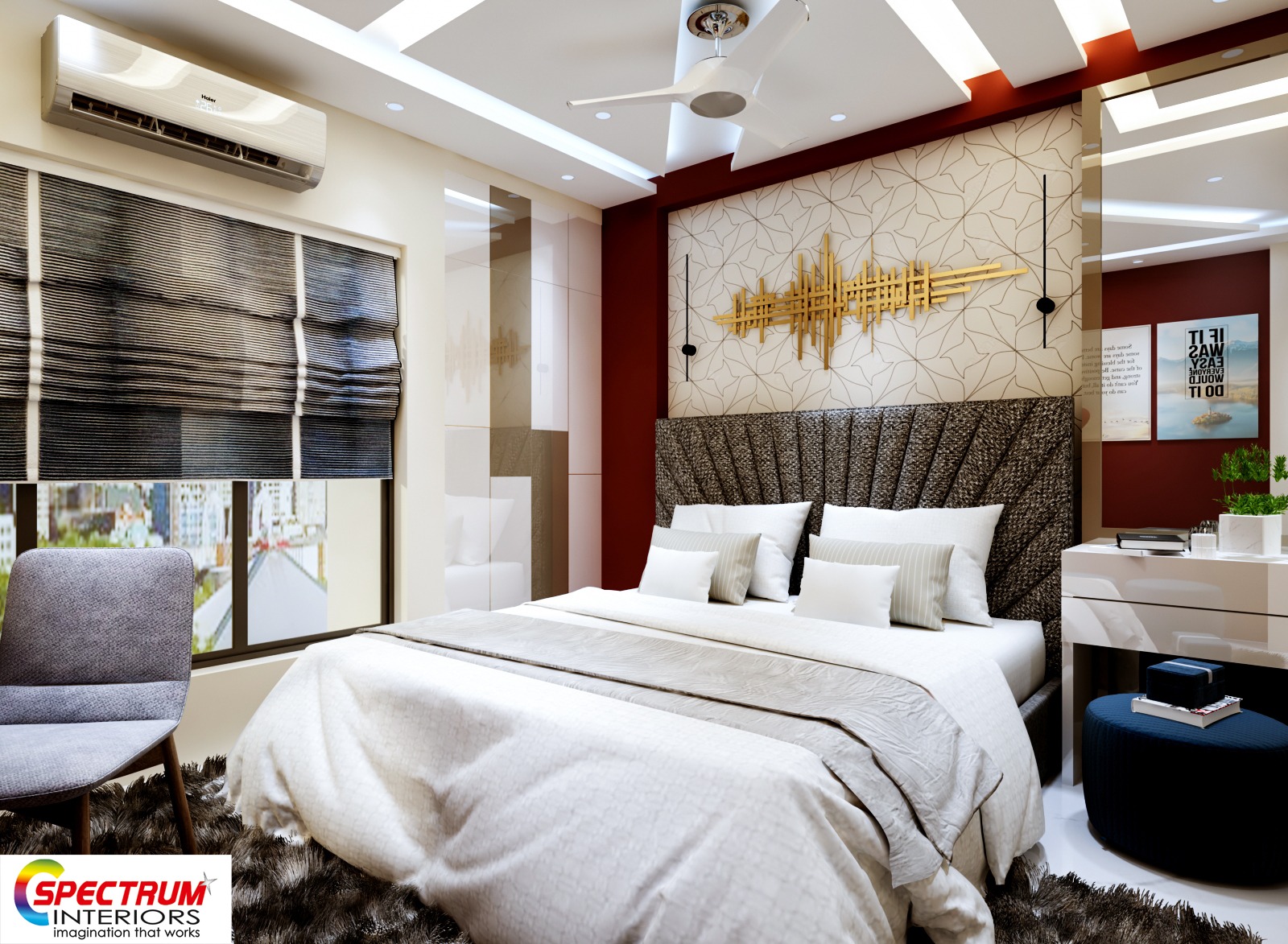Discover renowned interior design firms that redefine elegance.
Transform Your Home With Crucial Principles of Interior Style and Looks
By comprehending the impact of color theory and the value of appearance and patterns, one can produce rooms that are not only aesthetically appealing yet likewise deeply personal. Attaining this balance involves even more than simple decoration; it encompasses a critical plan and a keen understanding of exactly how each element interacts within a space.
Understanding Color Concept
Recognizing the principles of color concept permits developers to produce rooms that resonate emotionally with occupants while satisfying functional requirements. Each group plays a crucial function in developing harmony within an area.
The emotional impact of shades is extensive; warm hues such as reds and oranges evoke energy and heat, while trendy tones like blues and greens advertise peace and harmony. The use of complementary shades boosts aesthetic interest, developing striking contrasts that can raise a space's appeal.
Neutral colors, on the various other hand, function as a flexible backdrop, enabling various other layout aspects to shine. It is important to consider elements such as lights and the area's function when picking a shade palette, as these can alter the perception of shades throughout the day.
Eventually, a well-considered shade system can change an area, cultivating a feeling of comfort and style that straightens with the occupants' choices. Mastery of shade theory is, therefore, a vital skill for any kind of interior designer aiming to develop harmonious and inviting environments.
Achieving Balance in Design
Exactly how can designers accomplish a feeling of equilibrium in their areas? Accomplishing balance in design is basic to developing unified interiors. Developers can use 3 main kinds of equilibrium: symmetrical, asymmetrical, and radial. Symmetrical balance involves organizing aspects equally around a central point, promoting a feeling of order and peace. This kind frequently features sets of furniture or artwork, enhancing visual security.
Unbalanced equilibrium, on the various other hand, relies upon differing components that still accomplish a cohesive look. This method permits more vibrant and informal setups, supplying interest while keeping equilibrium. By carefully picking differing dimensions, colors, and appearances, designers can create a visually engaging room that feels balanced yet energised.
Radial equilibrium stresses a main focal point with aspects radiating outside. This design is generally seen in circular formats, where furniture and decor create a cohesive border that draws the eye internal.
Inevitably, achieving balance needs thoughtful consideration of scale, percentage, and the partnerships in between elements. interior design firms. By masterfully applying these balance concepts, designers can transform rooms into environments that really feel both visually pleasing and functionally unified, improving the overall experience for owners
Importance of Spatial Awareness

A keen feeling of spatial awareness permits developers to identify centerpieces within an area, assisting the audience's focus to essential attributes while maintaining a general sense of unity. It likewise helps in the calculated positioning of illumination, which can substantially influence the perception of room and state of mind. Comprehending spatial relationships makes it possible for the designer to cater to the details requirements of citizens, guaranteeing that each area serves its designated objective without compromising visual appeals.
Eventually, spatial awareness is essential for optimizing the capacity of any kind of interior room. By meticulously taking into consideration the interplay in between dimensions, format, and function, designers can develop atmospheres that not just meet practical requirements but additionally evoke a sense of convenience and beauty, enhancing the total living experience.
Incorporating Texture and Patterns
Welcoming a diverse variety of textures and patterns can substantially boost the aesthetic and responsive allure of an indoor room. The critical use numerous materials-- such as timber, metal, textile, and stone-- produces depth and rate of interest, making a room really feel much more inviting and vibrant. Incorporating smooth surface areas with harsh appearances can establish an equilibrium that attracts the eye and involves the senses.
When including patterns, consider both range and repetition. Huge patterns can work as centerpieces, while smaller, refined layouts can complement other aspects without frustrating the room. Layering patterns, such as pairing flower cushions with candy striped throws, includes complexity and a sense of consistency if implemented thoughtfully.
It is also essential to preserve a natural shade palette, guaranteeing that structures and patterns collaborate instead than complete for attention. By choosing a few key structures and patterns, more helpful hints you can create an unified visual that shows your individual style while enhancing the overall ambiance of i loved this the area. Eventually, the cautious unification of these components can change a mundane space right into an innovative setting rich with personality and warmth.
Individualizing Your Area
Developing an area that mirrors your character is essential to accomplishing a genuinely welcoming setting. Personalization in interior design permits you to instill your one-of-a-kind design and passions into your home, changing it from a mere sanctuary into a shelter that talks to that you are. Begin by selecting a color palette that reverberates with your emotions-- vibrant hues can stimulate, while soft tones provide harmony.
Integrate artwork and style that show your passions, whether it be travel, nature, or abstract ideas. Displaying personal collections, such as books, photographs, or souvenirs, can stimulate treasured memories and produce focal factors within an area. Furthermore, take into consideration customizing useful items, like upholstered furnishings, to line up with your aesthetic choices.

Conclusion
To conclude, the makeover of a home through the necessary principles of interior decoration and aesthetic appeal requires a thorough understanding of color theory, equilibrium, spatial recognition, structure, and personalization. Each component contributes substantially anonymous to developing a harmonious and functional living setting - interior design firms. By attentively incorporating these concepts, individuals can enhance the visual allure and psychological vibration of their rooms, inevitably cultivating a home that shows special identities while providing comfort and practicality